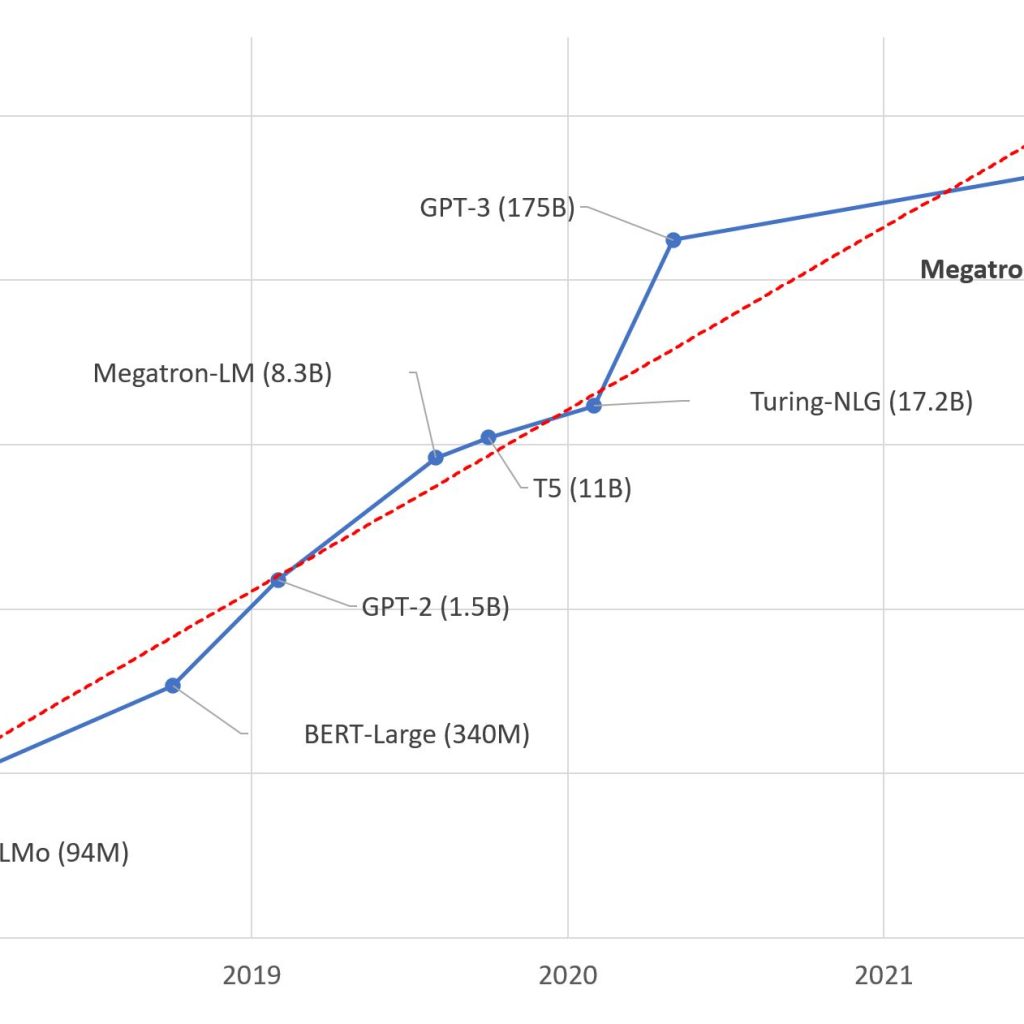In a pioneering move to enhance safety in train operations, the Indian Railways (IR) is on the verge of introducing an innovative Artificial Intelligence (AI)-driven device known as the “Railway Driver Assistance System” (RDAS). This cutting-edge technology aims to monitor the alertness of on-duty locomotive pilots, with the potential to prevent mishaps by issuing timely alerts or even automatically activating the Vigilance Control Device (VCD) to apply emergency brakes.
The Northeast Frontier Railway (NFR) has taken the lead in developing the RDAS device after being entrusted with the task by the Ministry of Railways. This remarkable advancement is poised to revolutionize the safety protocols in India’s extensive railway network.
Preventing overshoots and lapses
The RDAS device holds significant promise by enhancing the vigilance of locomotive pilots operating passenger, mail, express, and freight trains. Its primary objective is to prevent occurrences such as overshooting signals and lapses in adhering to safety procedures during duty.
Collaboration and synergy among various railway departments are pivotal in the development of RDAS. The NFR, in partnership with a team of experts, is diligently working on this project, ensuring that it meets the highest safety standards set by the railway board.
A confirmatory statement
Chief spokesperson of the NG Railway, Sabyasachi De, confirmed the development of RDAS and its ongoing progress. He underlined the commitment of NFR to execute this project in accordance with the railway board’s directives.
The inception of RDAS is driven by the need to improve the alertness monitoring of crew members during train operations. This AI-powered system is set to be a game-changer in ensuring the safety of passengers and railway personnel.
RDAS is not limited to issuing alerts. In a proactive safety measure, it is designed to automatically activate the Vigilance Control Device (VCD) in case a locomotive pilot shows signs of reduced alertness or drowsiness during the journey. This swift response can help avert potential disasters.
Progress and trials
The development of RDAS is currently in progress, with rigorous trials underway to ensure its functionality and reliability. The technical team of NFR is working diligently to bring this technology to fruition, with expectations that it will be fully developed and tested within the next few weeks.
The Indian Railways is steadfast in its commitment to safety, as demonstrated by its directive to expedite the in-house development of RDAS. This move underscores the railway’s dedication to harnessing the latest technology to safeguard passengers and crew.
Piloting the future
In a bold move, the railway plans to install RDAS in at least 20 locomotives of both freight trains (WAG9) and passenger train engines (WAP7) as part of a pilot project. Once its efficacy is demonstrated through successful implementation, the railway intends to roll out RDAS to more locomotives, further bolstering the safety of railway operations.
The Indian Railways’ introduction of the RDAS device signifies a significant leap in railway safety. Through the power of AI, this innovative system promises to enhance the alertness and responsiveness of locomotive pilots, ultimately ensuring safer journeys for millions of passengers across the country.




